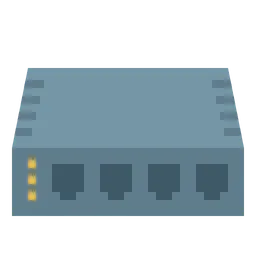Before I Begin
While working with Spring, I often felt that I didn’t fully understand the philosophy and design principles behind the Spring Framework.
My projects worked fine on the surface, but whenever I asked myself “why does this behave this way?”, I couldn’t always give a clear answer. Over time, that small uncertainty grew into a quiet determination, I need to rebuild my foundation.
That’s why I decided to start this page. My goal is to revisit the philosophy and architecture of Spring, from A to Z, and organize my understanding step by step. Rather than just learning how to make things work, I want to explore why Spring was designed this way, and what kind of principles and ideas shaped it.
I’ve always believed that whatever you learn, a strong foundation matters the most. But looking back, I realize I was often too focused on quick results, without spending enough time to strengthen that base. This time, I want to slow down, to learn deeply and meaningfully, not just efficiently.
This page is my personal record of that journey. A place to learn slowly but solidly, tracing Spring’s roots and rediscovering its essence.
Intro
Spring is a powerful framework for building enterprise-level applications in Java.
It provides a comprehensive infrastructure that simplifies the development of complex, scalable, and maintainable systems.
At its core, Spring promotes Inversion of Control (IoC) and Dependency Injection (DI), principles that help decouple components and make your code more flexible and testable.
The Spring ecosystem also offers a wide range of modules that cover everything from web development and data access to security and batch processing.
Among them, Spring MVC provides a clean structure for building web applications, while Spring Boot takes this a step further by automating configuration and reducing boilerplate code.
In essence, Spring is not just a framework, it’s a design philosophy that encourages simplicity, modularity, and loose coupling.
It allows developers to focus on business logic while the framework takes care of the plumbing behind the scenes.
The following posts are based on concepts studied from Toby’s Spring by Ilmin Lee. Each post reflects my own understanding and interpretation of the material. Some explanations may contain inaccuracies, if you notice any, please let me know, and I will review and correct them as soon as possible.







